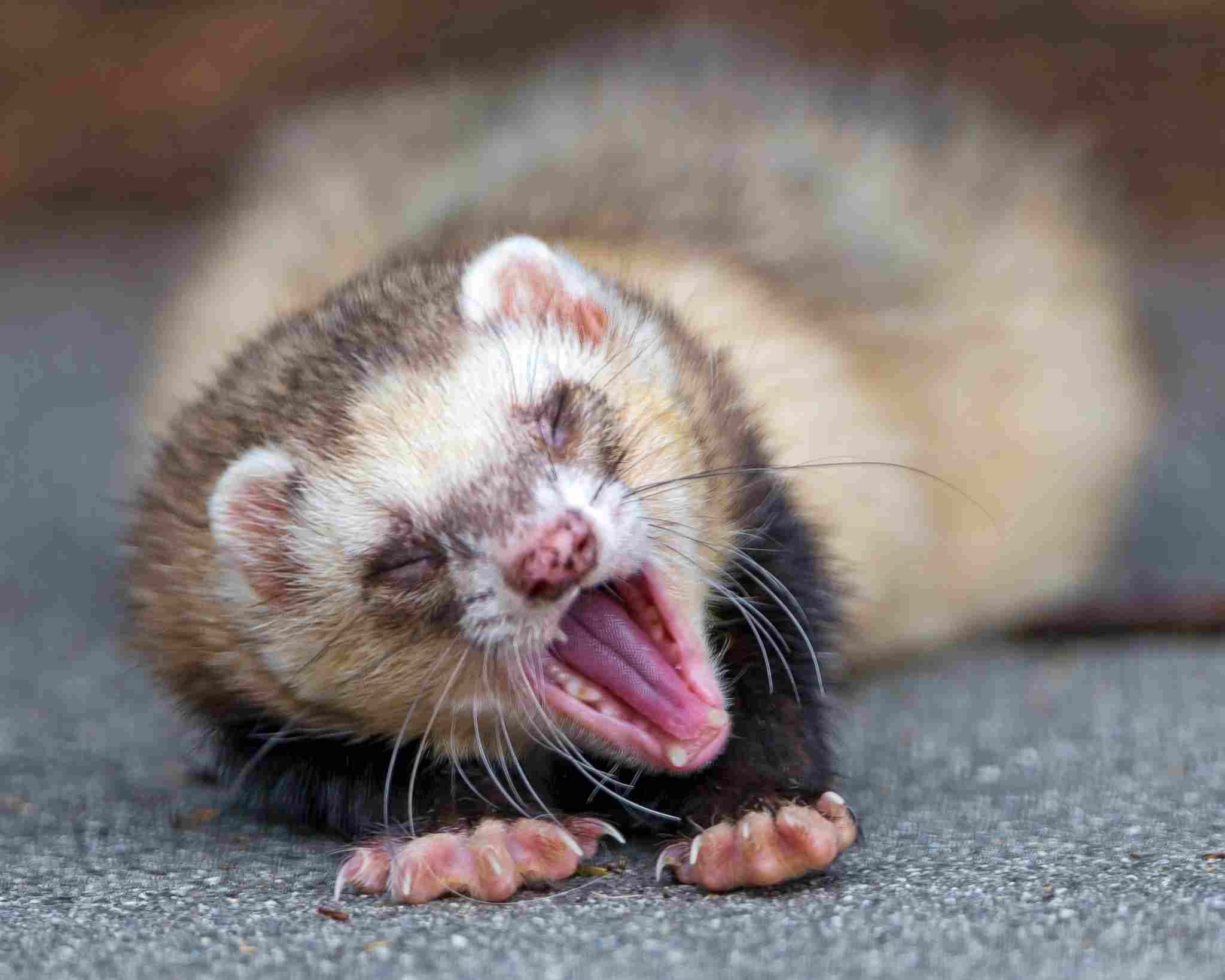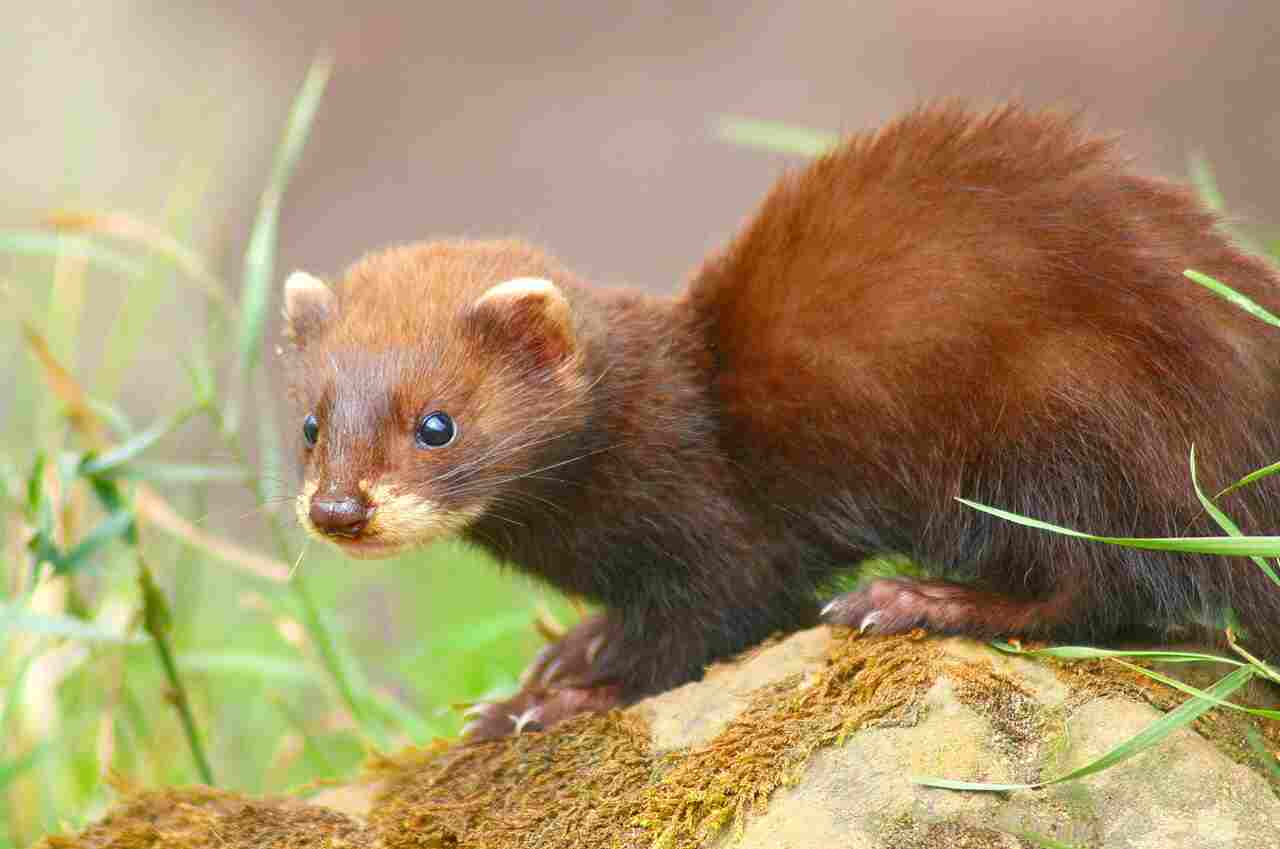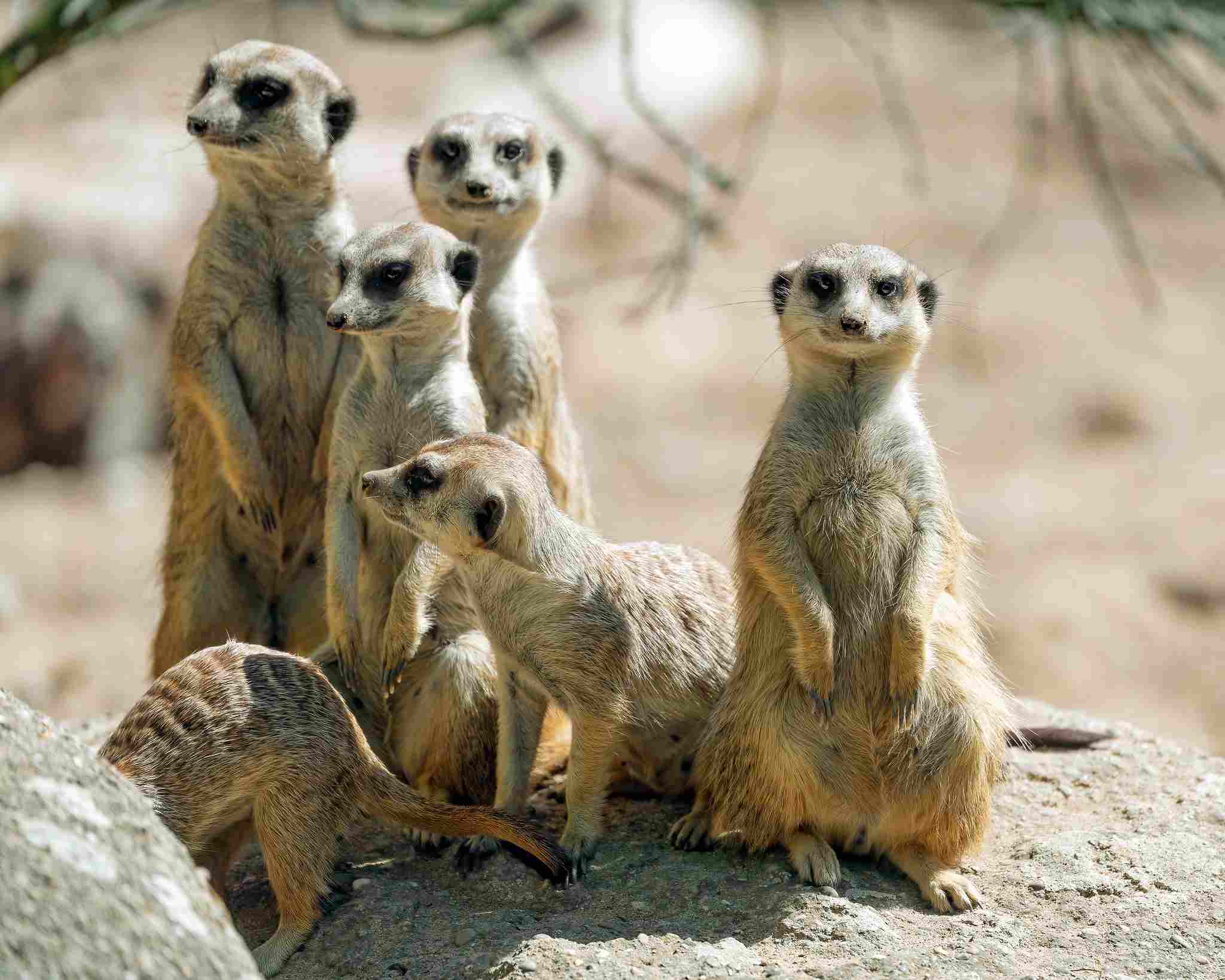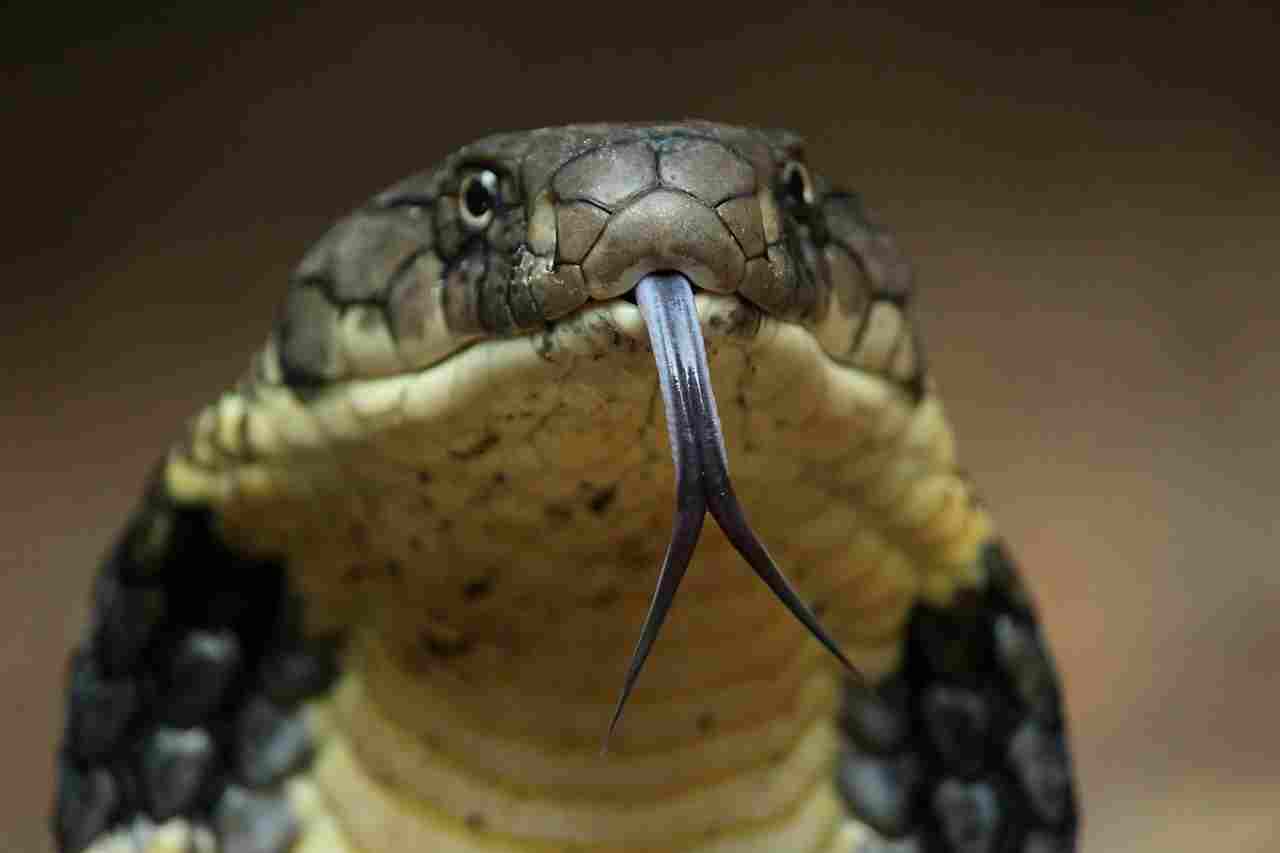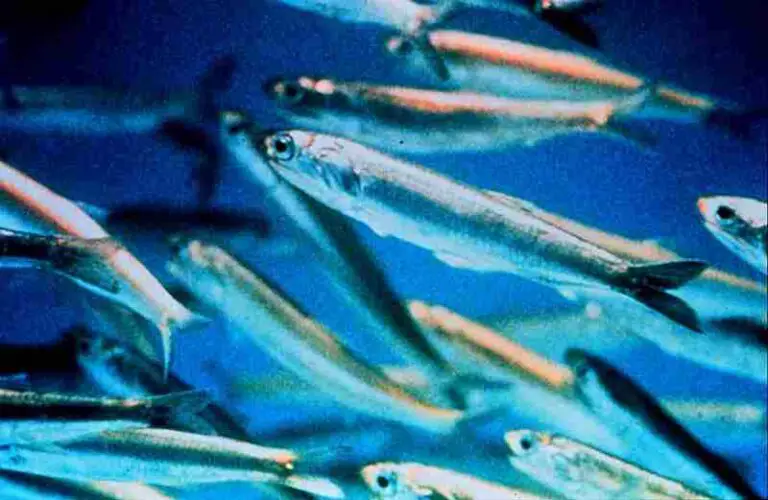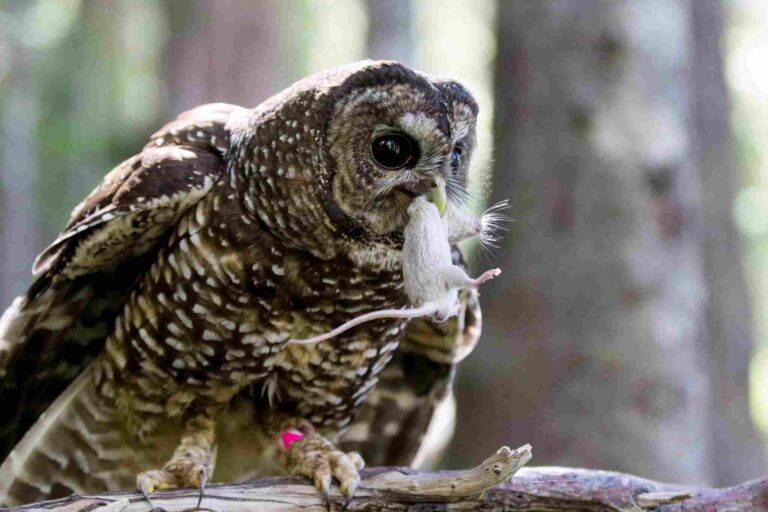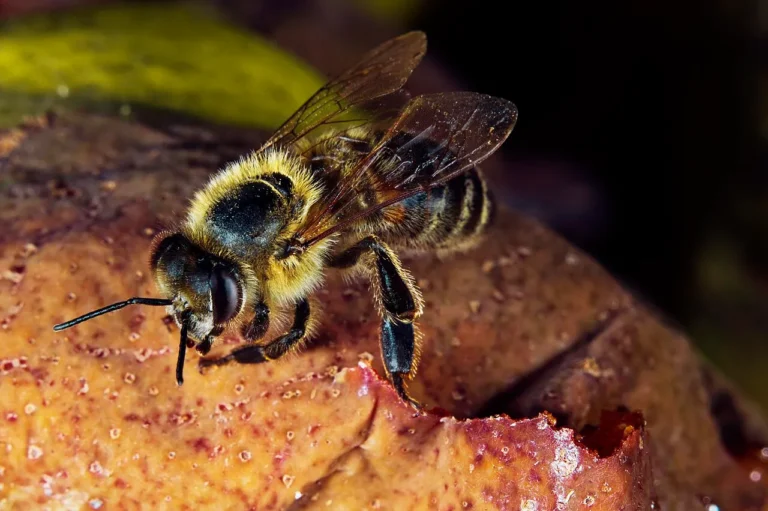Mongoose Vs Snake Who Will Win, Overall Comparison
A theoretical confrontation between a mongoose and a snake presents a fascinating scenario involving two species known for their unique attributes. Mongooses, recognized for their agility, speed, and resistance to snake venom, may have the upper hand in a one-on-one encounter with a snake. This analysis explores their speed, strength, bite force, agility, defensive features, and venom resistance to speculate on the likely victor in this hypothetical scenario.
Mongoose vs Snake: Assessing the Likely Victor in a Confrontation
In a hypothetical scenario involving a mongoose and a snake, the mongoose is likely to emerge victorious in a fight due to its faster speed, greater strength, stronger bite force, agility, thick hide, and the presence of a glycoprotein for venom immunity.
I). Speed and Agility:
– Mongooses are known for their exceptional speed and agility, allowing them to quickly evade the strikes of a snake. This agility enables the mongoose to control the dynamics of the confrontation, maneuver strategically, and launch effective counterattacks.
II). Greater Strength:
– Mongooses generally possess greater strength compared to snakes, giving them an advantage in terms of size and power. This strength becomes a crucial factor in withstanding the snake’s attacks and potentially overpowering it in a physical encounter.
III). Stronger Bite Force:
– Mongooses have a stronger bite force, which can be employed both offensively and defensively. The powerful jaws of the mongoose allow it to deliver effective bites, potentially neutralizing the snake’s threat and gaining an upper hand in the confrontation.
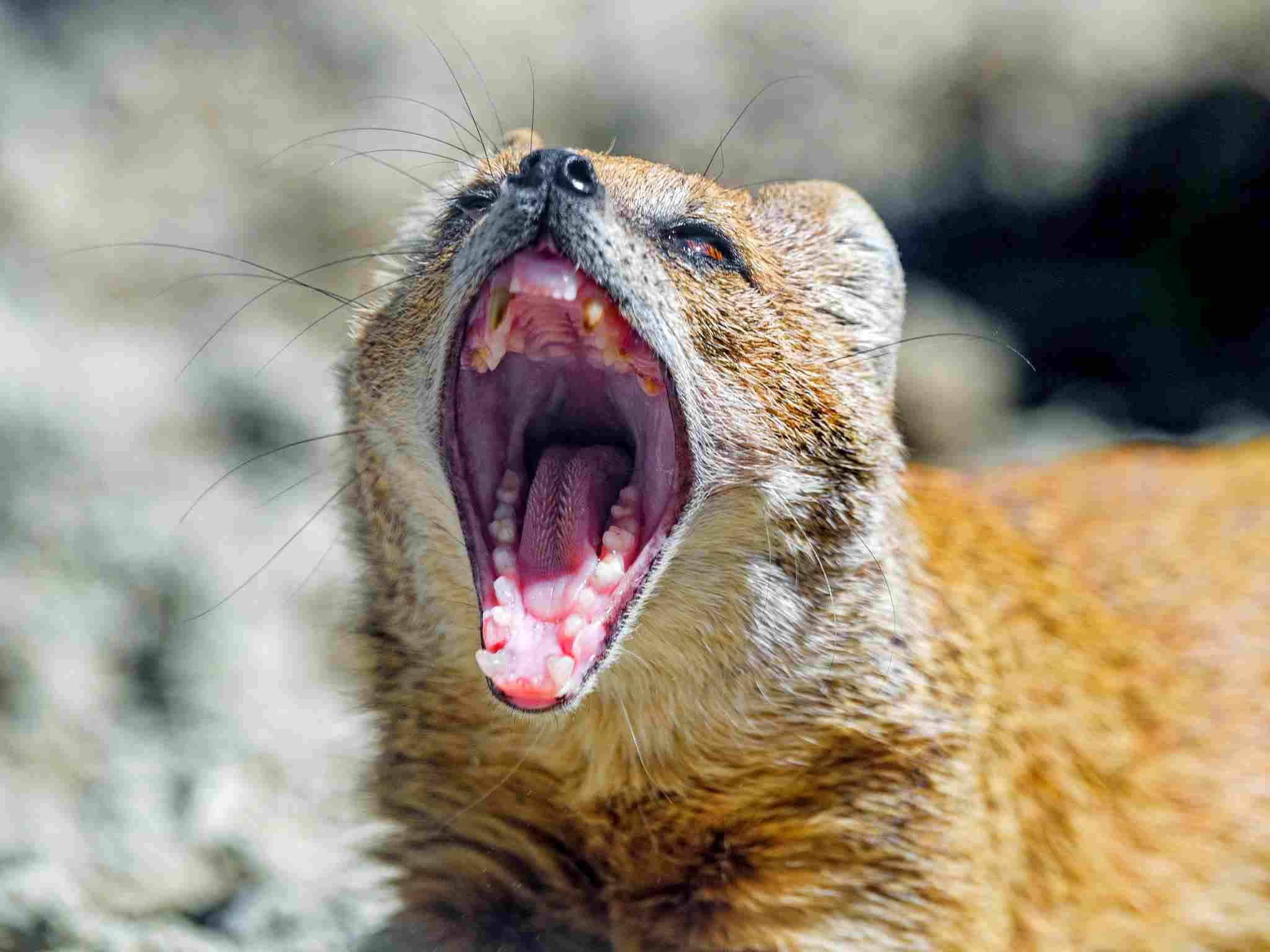
IV). Thick Hide:
– Mongooses have a relatively thick hide, providing an additional layer of protection against the snake’s strikes. This defensive feature reduces the impact of the snake’s bites and enhances the mongoose’s durability in a physical encounter.
V). Glycoprotein for Venom Immunity:
– Some mongooses possess a glycoprotein in their blood that provides immunity to certain snake venoms. This biochemical adaptation further enhances the mongoose’s resistance to the potential effects of the snake’s venom, giving it a significant advantage in the confrontation.
VI). Overall Dynamics:
– In this hypothetical scenario, the mongoose is likely to prevail in a fight against a snake due to its faster speed, greater strength, stronger bite force, agility, thick hide, and the presence of a glycoprotein for venom immunity. These combined attributes give the mongoose a decisive advantage in overcoming the snake’s defenses and securing victory in the confrontation.
*Details of Comparison
| Criteria | Mongoose | Snake |
| Taxonomy | Herpestidae, Carnivora, Feliformia |
Squamata, Serpentes, Various Families
|
| Appearance | Slender, furry, claws |
Elongated, limbless, scales, varied colors/patterns
|
| Size | 1-4 feet |
Varies, from inches to over 30 feet
|
| Weight | Ounces to pounds |
Grams to hundreds of pounds
|
| Bite Force (PSI) | Moderate for crushing |
Varies; venomous or constricting
|
| Physical Offensive Adv. | Claws, teeth, agility |
Fangs (venomous) or constriction
|
| Physical Defensive Adv. | Reflexes, agility, standing on hind legs |
Camouflage, mimicry, venom
|
| Speed | Up to 20 mph |
Varied; some swift, some rely on stealth
|
| Agility | Highly agile, rapid turns, jumps |
Flexible and precise movements
|
| Overall Physical Cap. | Balanced speed, agility, strength |
Varied capacities based on species
|
| Habitat Preference(s) | Versatile, grasslands to forests |
Diverse habitats, deserts to rainforests
|
| Tracks | Paw prints with claw marks |
Limbless, may leave drag marks
|
| Lifespan | 6-10 years (wild) |
Varies widely among species
|
| Mode of Feeding | Biting, tearing |
Venom or constriction
|
| Intelligence | Problem-solving, social |
Limited cognitive abilities
|
| Social Behavior | Some live in family groups | Primarily solitary |
| Mode of Reproduction | Viviparous or oviparous |
Oviparous or viviparous
|
| Parental Behavior | Cooperative breeding, shared responsibilities |
Limited parental involvement
|
| Proximity to Humans | Adapted to urban areas |
Variable tolerance to human proximity
|
| Behavior Toward Humans | Shy but adaptable |
Generally avoids direct contact
|
| Danger Posed to Humans | Generally not dangerous |
Venomous species pose risks
|
| Associated Precautions | Caution against bites and diseases |
Careful handling for venomous species
|
| Conservation Status | Varied, facing threats |
Conservation status varies widely
|
| Conclusion | Similarities: | Differences: |
| Vital roles in ecosystems |
Mongoose intelligence, social structures, parental
|
|
| Adaptations for predation and reproduction |
care. Snake diversity in adaptations, including
|
|
|
venom and reproduction modes.
|
||
| Ecological Implications: |
Ecological Implications:
|
|
| Understanding behaviors for effective conservation |
Understanding behaviors for effective conservation
|
|
| and coexistence | and coexistence |
Key Points:
- Both mongoose and snakes play vital roles in ecosystems, adapted for predation and reproduction.
- Mongoose and snakes exhibit diverse physical traits, from appearance to size, weight, and bite force.
- Ecological implications include their impact on prey populations, ecosystem balance, and overall biodiversity.
- Differences in intelligence, social behavior, and parental care highlight varied life strategies.
- Conservation efforts are crucial for both species, considering threats such as habitat loss, human-wildlife conflict, and diseases.
1. Taxonomy:
Mongoose:
Family: Herpestidae
Order: Carnivora
Suborder: Feliformia
Genus: Various genera (e.g., Herpestes, Urva)
Snake:
Order: Squamata
Suborder: Serpentes
Families: Various (e.g., Colubridae, Viperidae, Elapidae)
Genera and species vary widely within families.
2. Appearance:
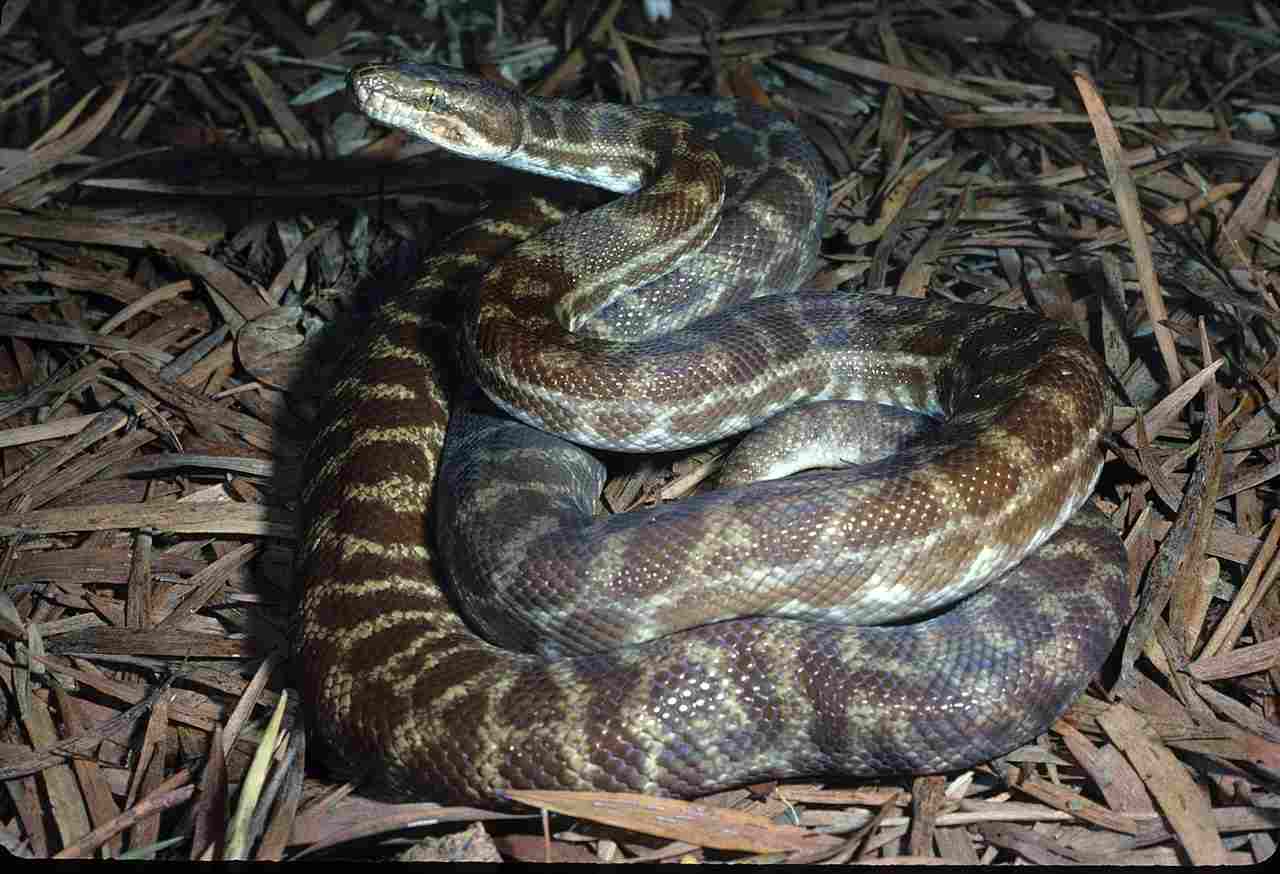
Mongoose:
Slender, elongated body with short legs.
Fur color varies (brown, gray, reddish-brown).
Sharp claws and small, rounded ears.
Snake:
Elongated, limbless body with scales.
Diverse colors and patterns (stripes, spots, solid colors).
Forked tongue for sensory perception.
Comparison:
Mongoose and snakes display distinct body structures, with mongooses having fur and limbs, while snakes possess scales and lack limbs.
Ecological Implications:
Mongoose appearance aids in terrestrial mobility, allowing them to navigate various terrains.
Snake appearance is adapted for efficient movement and concealment, crucial for ambushing prey.
3. Size:
Mongoose:
Varied sizes (e.g., 1-4 feet in length).
Snake:
Sizes vary significantly among species (ranging from a few inches to over 30 feet).
Comparison:
Both mongoose and snakes exhibit a wide range of sizes, influenced by species diversity.
Ecological Implications:
Size adaptations impact hunting strategies, prey selection, and ecological roles in the ecosystem.
4. Weight:
Mongoose:
Typically lightweight, ranging from a few ounces to several pounds.
Snake:
Weight varies greatly across species, from a few grams to hundreds of pounds.
Comparison:
Both mongoose and snakes show significant variation in weight, contributing to their ecological roles and survival strategies.
Ecological Implications:
Weight influences mobility, predation capabilities, and habitat preferences.
5. Bite Force (PSI – Pounds per Square Inch):
Mongoose:
Moderate bite force adapted for crushing small prey.
Snake:
Bite force varies; some snakes have potent venom, compensating for moderate bite force.
Comparison:
While both mongoose and snakes have adapted bite forces, the mechanisms differ—mongooses rely on crushing, while snakes may inject venom.
Ecological Implications:
Bite force plays a crucial role in predation, defense, and the coevolutionary dynamics between predators and prey.
6. Physical Offensive Advantages:
Mongoose:
Sharp claws and teeth for gripping and tearing.
Agile movements facilitate swift attacks.
Snake:
Venomous species possess fangs for injecting venom.
Constriction abilities in non-venomous species.
Comparison:
Mongoose relies on agility and physical weaponry, while snakes use fangs or constriction as offensive tools.
Ecological Implications:
Offense strategies contribute to the predator-prey dynamics and the overall balance in ecosystems.
7. Physical Defensive Advantages:
Mongoose:
Quick reflexes and agility for evasion.
Ability to stand on hind legs to appear larger.
Snake:
Camouflage and mimicry for concealment.
Venomous species utilize venom as a defensive mechanism.
Comparison:
Both mongoose and snakes employ diverse defensive mechanisms, balancing evasion, intimidation, and toxicity.
Ecological Implications:
Defensive adaptations are crucial for survival against predators and human interactions.
8. Speed (Km/hour or Mile/hour):
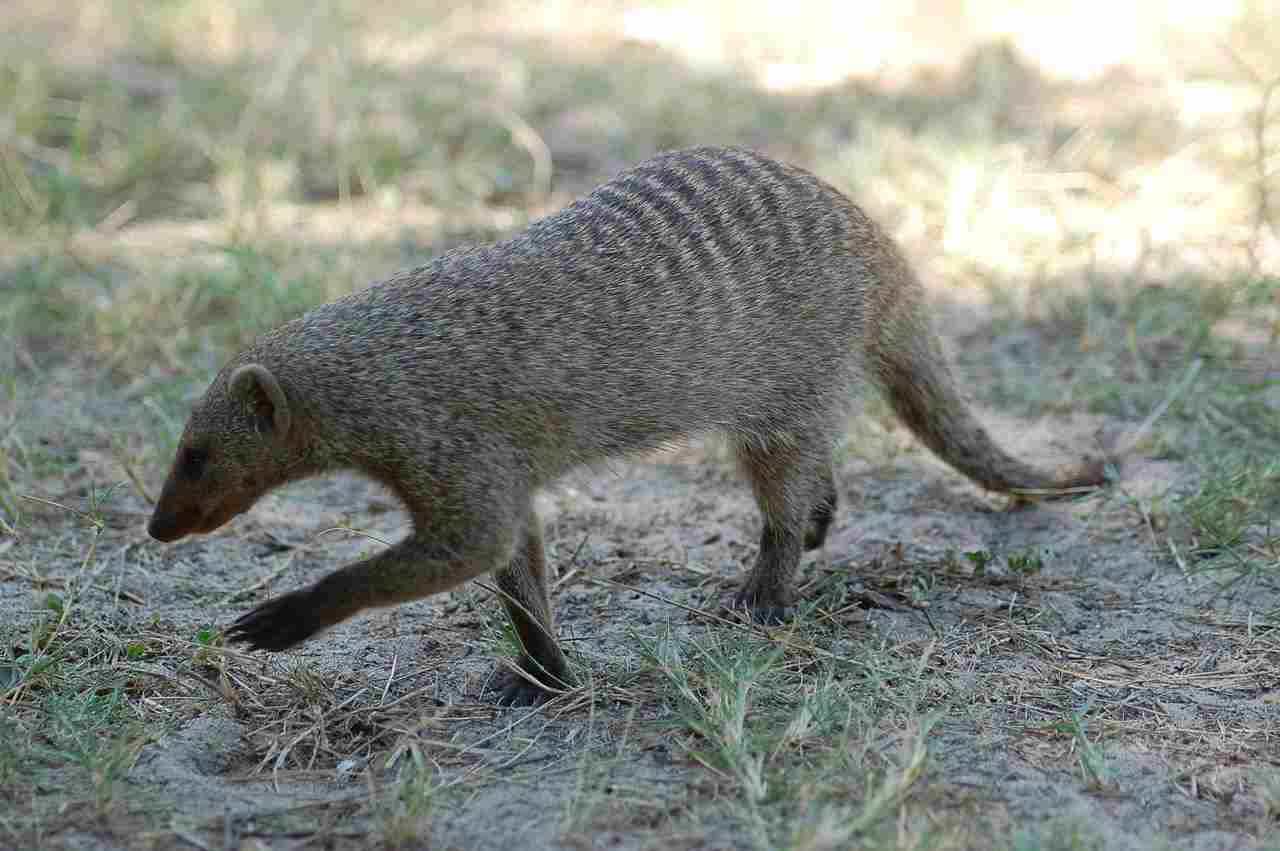
Mongoose:
Agile and fast runners, reaching speeds up to 20 mph.
Snake:
Varied speeds; some snakes can move swiftly, while others rely on stealth.
Comparison:
Mongoose exhibits higher agility and speed compared to most snakes.
Ecological Implications:
Speed influences hunting success, escape from predators, and overall ecological interactions.
9. Agility:
Mongoose:
Highly agile, capable of rapid turns and jumps.
Snake:
Exhibits flexibility and precision in movements, crucial for hunting and navigation.
Comparison:
Both mongoose and snakes display remarkable agility, adapted to their respective hunting styles.
Ecological Implications:
Agility enhances efficiency in capturing prey, avoiding predators, and navigating diverse terrains within their habitats.
10. Overall Physical Capacity:
Mongoose:
Possesses a balance of speed, agility, and strength.
Well-adapted for terrestrial hunting and navigation.
Snake:
Varied physical capacities based on species—some are swift, while others are ambush predators.
Comparison:
Mongoose showcases a combination of traits, whereas snakes exhibit specialized physical capacities based on their ecological niche.
Ecological Implications:
Physical capacities influence the roles these species play in maintaining ecological balance.
11. Habitat Preference(s):
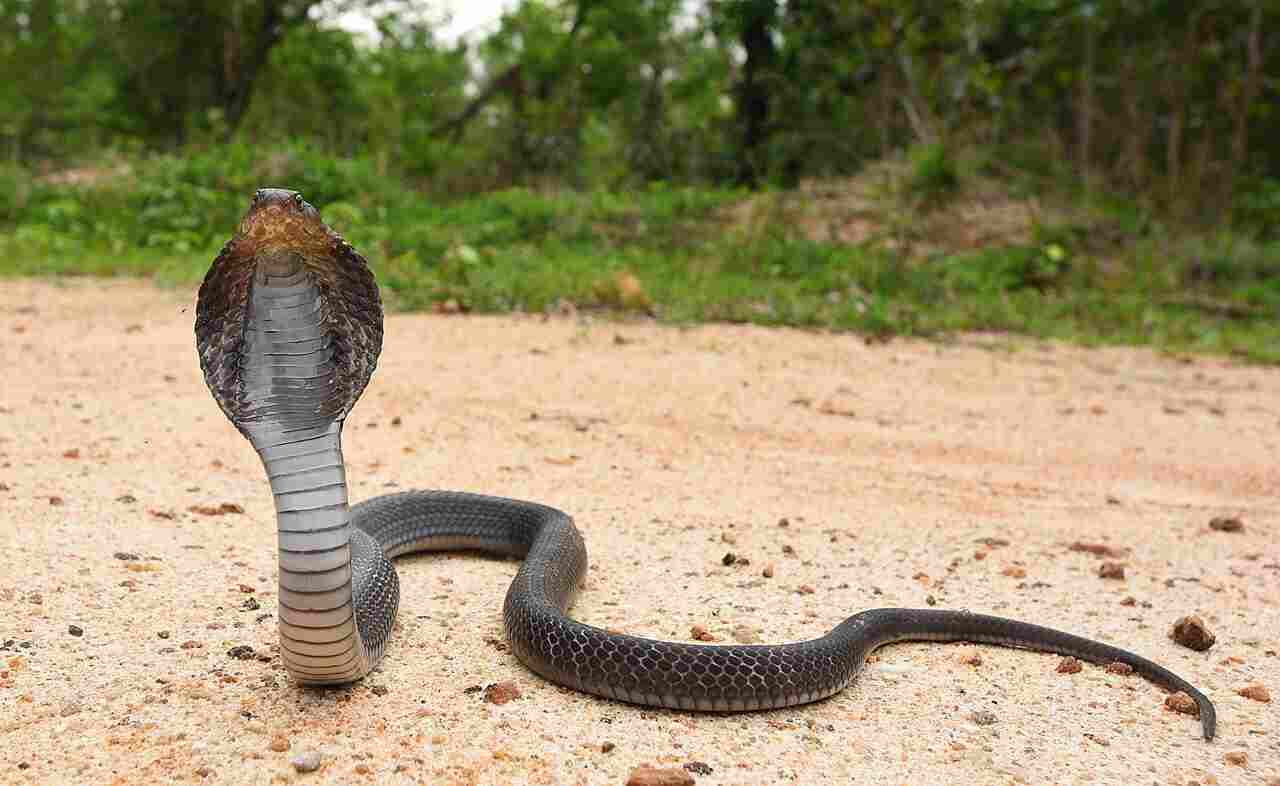
Mongoose:
Found in a range of habitats, from grasslands to forests.
Adaptable to both arid and humid environments.
Snake:
Diverse habitats, including deserts, rainforests, and aquatic environments.
Highly adaptable to specific ecological niches.
Comparison:
Both mongoose and snakes display habitat versatility, adapting to a variety of environmental conditions.
Ecological Implications:
Habitat preferences impact their roles in different ecosystems and contribute to biodiversity.
12. Tracks:
Mongoose:
Paw prints with distinctive claw marks.
Typically show a bounding gait pattern.
Snake:
Absence of visible tracks due to limbless movement.
May leave distinct drag marks or body imprints.
Comparison:
Mongoose tracks differ significantly from snakes, reflecting their contrasting anatomies and modes of movement.
Ecological Implications:
Tracking can aid in population studies, understanding movement patterns, and conservation efforts.
13. Lifespan:
Mongoose:
Typically 6 to 10 years in the wild.
Longer lifespans in captivity.
Snake:
Lifespan varies widely, from a few years to several decades, depending on species.
Comparison:
Lifespan differences highlight varied life history strategies between mongoose and snakes.
Ecological Implications:
Lifespan influences population dynamics, reproductive strategies, and overall ecological impact within their habitats.
14. Mode of Feeding:
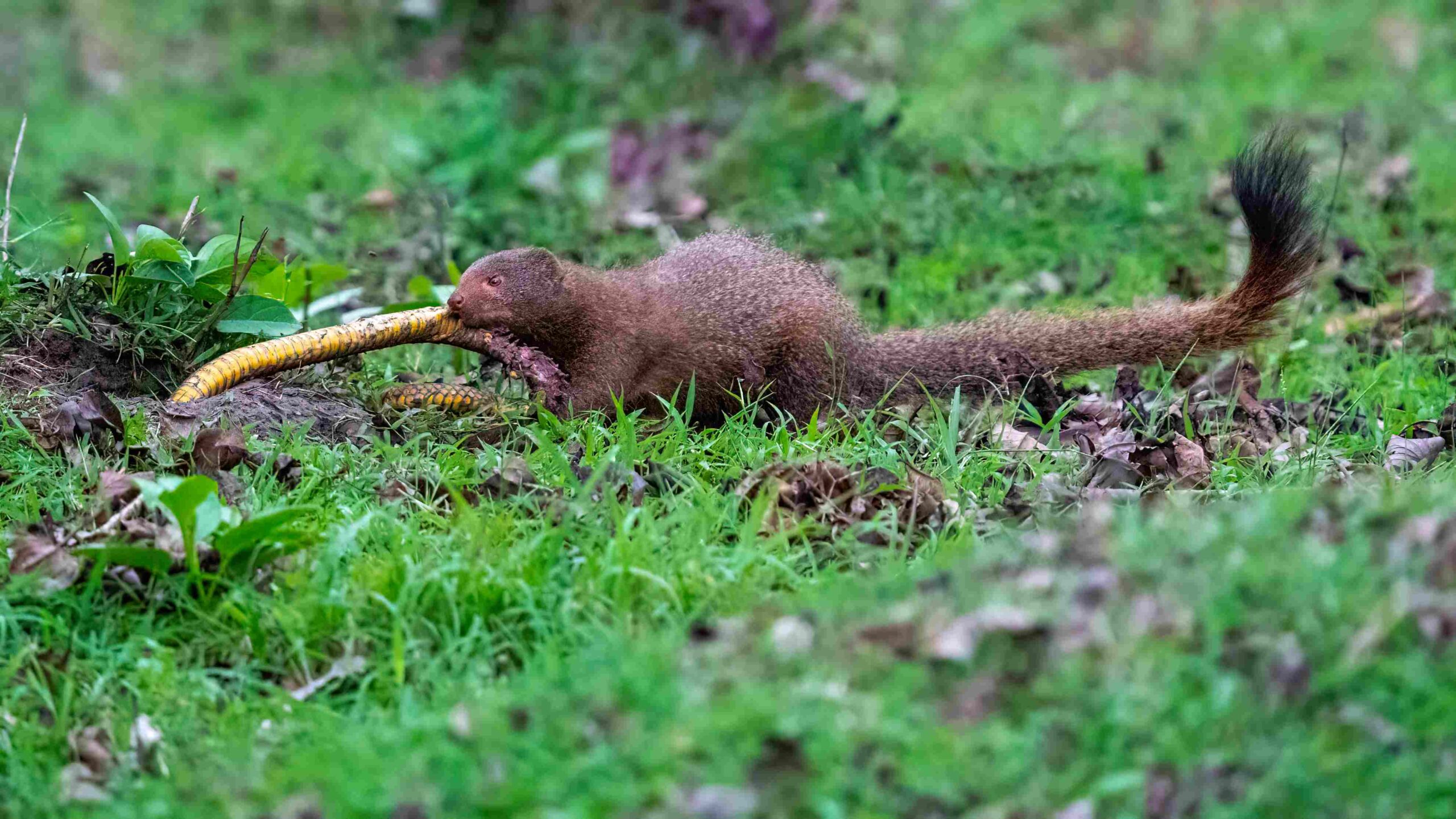
Mongoose:
Carnivorous; diet includes small mammals, birds, insects, as well as snakes.
Relies on a combination of biting and tearing for consumption.
Snake:
Carnivorous; diet varies from insects to mammals. are – Depending on species, snakes may inject venom or constrict prey.
Comparison:
While both are carnivores, mongoose employs biting and tearing, whereas snakes use venom or constriction.
Ecological Implications:
Feeding strategies impact prey populations and contribute to the balance of ecosystems.
15. Intelligence:
Mongoose:
Exhibits problem-solving abilities and social intelligence.
Cooperative hunting behaviors observed in some species.
Snake:
Limited cognitive abilities; primarily instinct-driven behaviors.
Varied levels of sensory perception.
Comparison:
Mongoose display higher levels of intelligence compared to snakes, contributing to social behaviors and adaptability.
Ecological Implications:
Intelligence influences foraging strategies, adaptability to changing environments, and interactions within ecosystems.
16. Social Behavior:
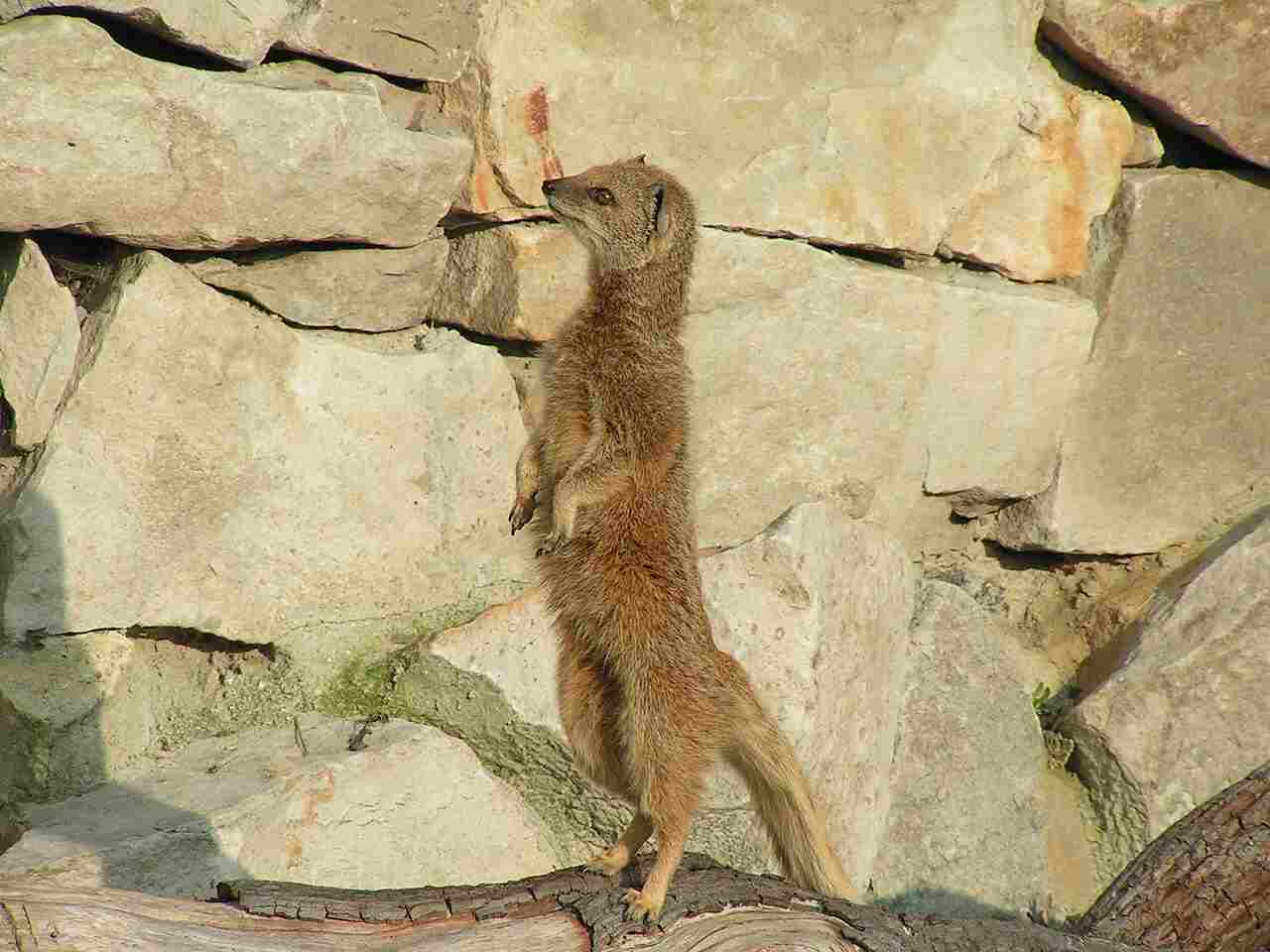
Mongoose:
Some species exhibit social structures, living in family groups.
Cooperative behaviors in raising young and defending territory.
Snake:
Primarily solitary; limited social interactions, except during mating.
Comparison:
Mongoose often display more complex social structures compared to the generally solitary nature of snakes.
Ecological Implications:
Social behaviors impact population dynamics, predation strategies, and territorial dynamics in their respective habitats.
17. Mode of Reproduction:
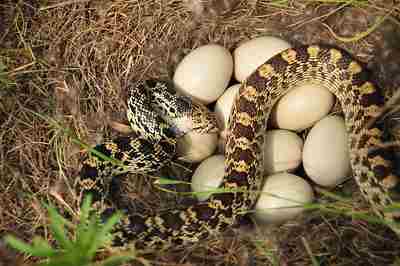
Mongoose:
Viviparous mode of reproduction.
Varied reproductive strategies; some exhibit monogamy.
Snake:
Oviparous (egg-laying) or viviparous (live-bearing).
Mating behavior varies among species.
Comparison:
Reproductive modes differ between mongoose and snakes, influencing their reproductive strategies and population dynamics.
Ecological Implications:
Reproductive strategies impact population sizes, genetic diversity, and adaptation to environmental changes.
18. Parental Behavior:
Mongoose:
Some species exhibit cooperative breeding, with adults assisting in raising offspring.
Shared responsibilities in protecting and providing for the young.
Snake:
Limited parental involvement; offspring are often left to fend for themselves after birth or hatching.
Comparison:
Mongoose often display more extensive parental care compared to the less involved parenting observed in most snakes.
Ecological Implications:
Parental behavior impacts juvenile survival rates and contributes to the overall stability of populations.
19. Proximity to Human-Inhabited Areas:
Mongoose:
Some species adapted to human-altered landscapes.
Can be found near agricultural areas and urban environments.
Snake:
Presence near human habitats varies; some are adapted to urban areas, while others avoid human proximity.
Comparison:
Both mongoose and snakes exhibit variable tolerance and adaptation to human-inhabited landscapes.
Ecological Implications:
Proximity to human areas can lead to human-wildlife conflicts, impacting the behavior and survival of these species.
20. Behavior Toward Humans:
Mongoose:
Generally shy but may become accustomed to human presence, especially in urban settings.
Can display defensive behaviors if threatened.
Snake:
Generally avoid human contact; many species are secretive and elusive.
Defensive behavior may include hissing, striking, or remaining motionless.
Comparison:
Both mongoose and snakes tend to avoid direct confrontation with humans, but mongoose may show more adaptability to human presence.
Ecological Implications:
Human interactions can impact the behavior, distribution, and survival of these species.
21. Danger Posed to Humans:
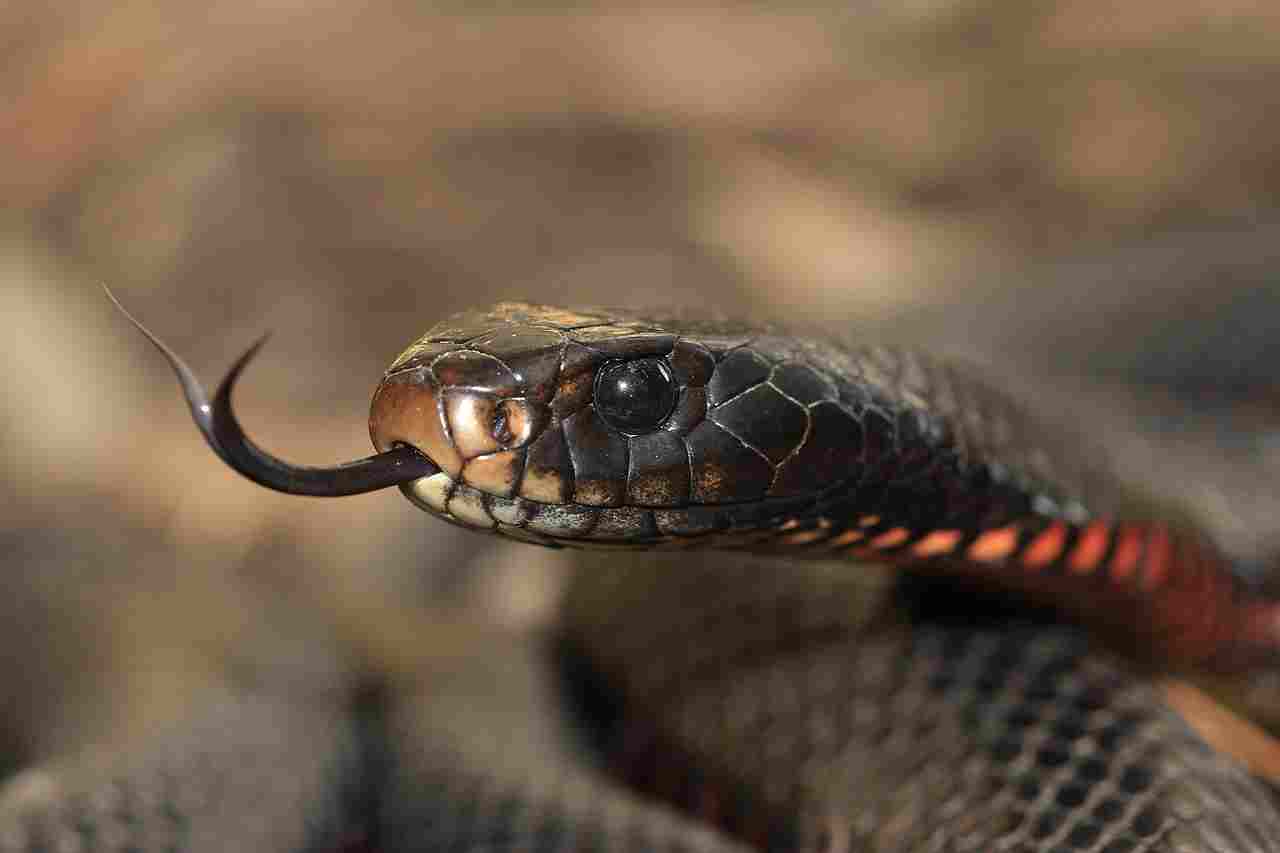
Mongoose:
Generally not dangerous to humans; may bite if threatened.
Some species can carry diseases transmissible to humans.
Snake:
Venomous species pose potential danger if provoked or accidentally encountered.
Non-venomous species typically pose minimal threat to humans.
Comparison:
While both mongoose and snakes may pose some risks, the level of danger varies significantly between venomous and non-venomous snakes.
Ecological Implications:
Understanding the potential risks to humans is crucial for conservation efforts and human-wildlife coexistence.
22. Associated Precautions:
Mongoose:
Caution needed to avoid bites, especially in the wild.
Preventing contact with potentially diseased individuals is essential.
Snake:
Careful handling required for venomous species.
Awareness of local snake species and their habitats aids in avoiding encounters.
Comparison:
Precautions differ based on the potential risks associated with mongoose bites and snake encounters.
Ecological Implications:
Understanding and communicating precautions are vital for promoting coexistence and minimizing negative interactions.
23. Conservation Status:
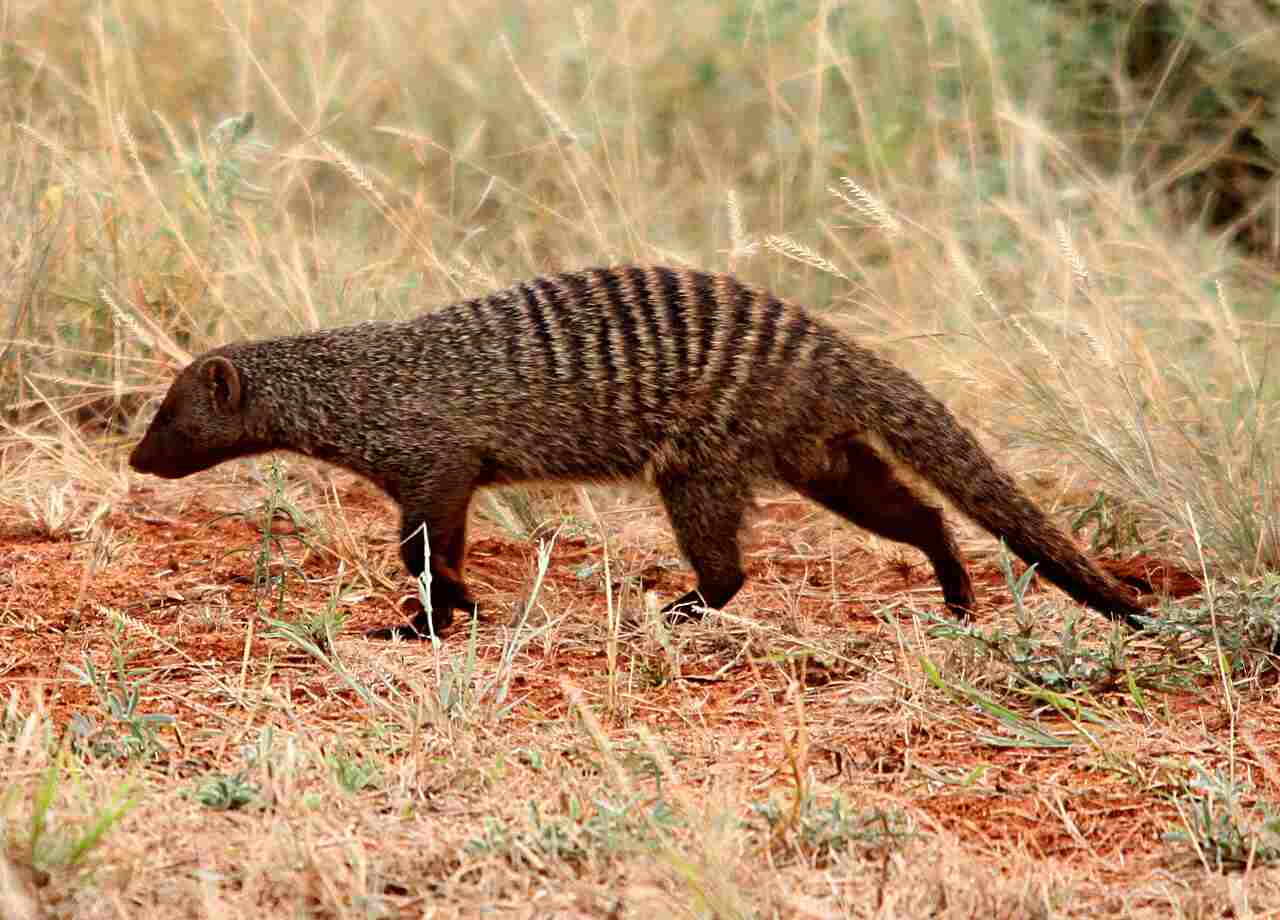
Mongoose:
Varied conservation statuses across species; some are of least concern, while others face threats.
Habitat loss, invasive species competition, and disease can impact populations.
Snake:
Conservation status varies widely; some species face threats due to habitat loss, persecution, and illegal trade.
Importance in ecosystems as both predators and prey.
Comparison:
Both mongoose and snakes face conservation challenges, with habitat destruction and human activities contributing to their vulnerability.
Ecological Implications:
Conservation efforts are crucial to maintaining biodiversity and ecological balance, considering the roles these species play in ecosystems.
Summary of Comparison
Taxonomy:
Mongoose: Herpestidae, Carnivora, Feliformia.
Snake: Squamata, Serpentes, Various Families.
Appearance:
Mongoose: Slender, furry, with claws.
Snake: Elongated, limbless, scales, and varied colors/patterns.
Size:
Mongoose: 1-4 feet.
Snake: Varies from a few inches to over 30 feet.
Weight:
Mongoose: Ounces to pounds.
Snake: Grams to hundreds of pounds.
Bite Force (PSI):
Mongoose: Moderate for crushing.
Snake: Varies; venomous or constricting.
Physical Offensive Advantages:
Mongoose: Claws, teeth, agility.
Snake: Fangs (venomous) or constriction.
Physical Defensive Advantages:
Mongoose: Reflexes, agility, standing on hind legs.
Snake: Camouflage, mimicry, venom.
Speed:
Mongoose: Up to 20 mph.
Snake: Varied; some swift, some rely on stealth.
Agility:
Mongoose: Highly agile, rapid turns, jumps.
Snake: Flexible and precise movements.
Overall Physical Capacity:
Mongoose: Balanced speed, agility, strength.
Snake: Varied capacities based on species.
Habitat Preference(s):
Mongoose: Versatile, from grasslands to forests.
Snake: Diverse habitats including deserts and rainforests.
Tracks:
Mongoose: Paw prints with claw marks.
Snake: Limbless, may leave drag marks.
Lifespan:
Mongoose: 6-10 years (wild).
Snake: Varies widely among species.
Mode of Feeding:
Mongoose: Biting, tearing.
Snake: Venom or constriction.
Intelligence:
Mongoose: Problem-solving, social.
Snake: Limited cognitive abilities.
Social Behavior:
Mongoose: Some live in family groups.
Snake: Primarily solitary.
Mode of Reproduction:
Mongoose: Viviparous or oviparous.
Snake: Oviparous or viviparous.
Parental Behavior:
Mongoose: Cooperative breeding, shared responsibilities.
Snake: Limited parental involvement.
Proximity to Human-Inhabited Areas:
Mongoose: Adapted to urban areas.
Snake: Variable tolerance to human proximity.
Behavior Toward Humans:
Mongoose: Shy but adaptable.
Snake: Generally avoids direct contact.
Danger Posed to Humans:
Mongoose: Generally not dangerous.
Snake: Venomous species pose risks.
Associated Precautions:
Mongoose: Caution against bites and diseases.
Snake: Careful handling for venomous species.
Conservation Status:
Mongoose: Varied, facing threats.
Snake: Conservation status varies widely.
Conclusion
Similarities:
Vital roles in ecosystems.
Adaptations for predation and reproduction.
Differences:
Mongoose intelligence, social structures, parental care.
Snake diversity in adaptations, including venom and reproduction modes.
Ecological Implications:
Understanding behaviors and roles for effective conservation and coexistence.
Conclusion
Similarities:
Both mongoose and snakes are vital components of ecosystems, playing roles in population control and maintaining biodiversity.
Adaptations for predation, defense, and reproduction are essential for their survival.
Differences:
Mongoose exhibit higher levels of intelligence, complex social structures, and extensive parental care compared to most snakes.
Snakes, with their diverse species, show a wide range of adaptations, including venomous strategies and varied reproductive modes.
Ecological Implications:
Understanding the intricacies of mongoose and snake behaviors, adaptations, and ecological roles is crucial for conservation efforts and fostering harmonious coexistence with these fascinating species.
